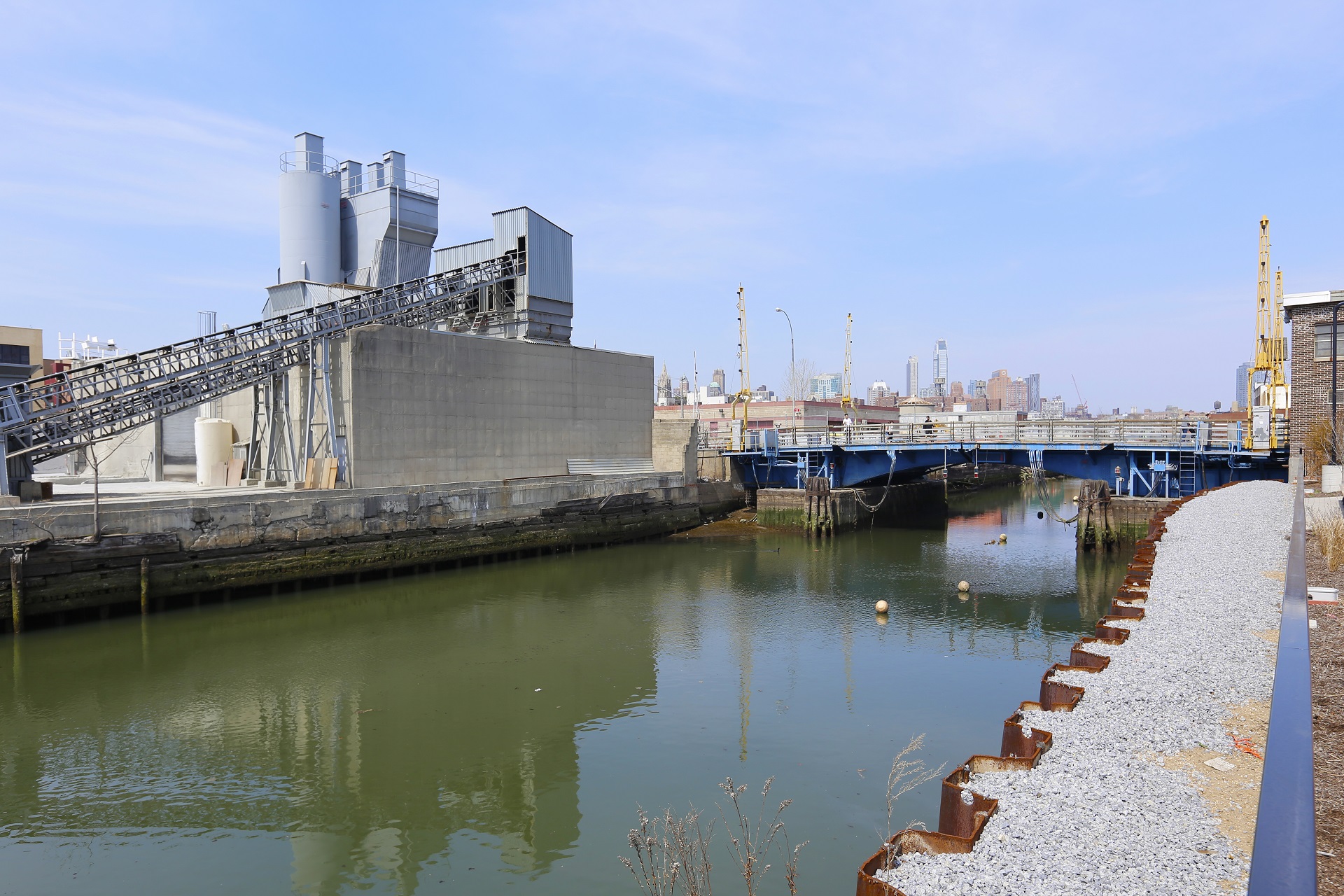A recent decision in a pending contribution action associated with the Lake Calumet Cluster Superfund site in southeastern Chicago highlights a circuit split with regard to causation in private actions. The decision also addresses—but does not resolve—a novel legal and factual question related to the scope of hazardous waste under CERCLA: When does a substance with hazardous ingredients itself qualify as hazardous?
In LCCS Group v. A.N. Webber Logistics, Inc., et al., the LCCS Group sued Interplastic Corporation and Central Michigan Railway, among other parties, claiming that they should share in liability for cleanup costs. All three parties filed motions for summary judgment, and all three motions were denied in the decision issued on Sept. 19. The circuit split involves the question of whether a plaintiff must prove that a defendant caused a discharge in a contribution action, or if the plaintiff only needs to demonstrate a statutorily defined connection between the defendant and the discharge.
On one side, the Eighth Circuit has ruled in Farmland Industries v. Morrison-Quirk Grain and Gen. Elec. Co. v. Litton Indus. Automation Sys., Inc. that higher standard of causation applies to private cost recovery or contribution actions than to actions brought by the United States. Under their rule, “In order for a private party to recover [] costs from the responsible party, the release of hazardous substances must have ‘caused’ the incurrence of the costs.”
On the other side, the First, Second, Third, and Fourth Circuits apply the same standards in both government actions and contribution actions as stated in Premium Plastics v. LaSalle Nat. Bank: “The plain language of CERCLA supports the conclusion that a CERCLA plaintiff—government or private—need not prove a connection between the defendant's waste and the plaintiff's response costs.” Or, as the First Circuit put it in Dedham Water Co. v. Cumberland Farms Dairy, Inc.: “A literal reading of the statute imposes liability if releases or threatened releases from defendant's facility cause the plaintiff to incur response costs; it does not say that liability is imposed only if the defendant causes actual contamination of the plaintiff's property.” For its part, the District Court agreed with the majority view, but where the Seventh Circuit will land remains to be seen. The factual question addressed in LCCS v. Webber involves the scope of the definition of hazardous materials.
Interplastic’s alleged contribution to the Calumet Cluster site was fifty barrels of unusable, improperly manufactured “waste resin,” the exact composition of which is unknown. While the resin itself is not listed as a hazardous substance, it definitely includes at least two ingredients that were. Interplastic claims—and the plaintiffs dispute—that those ingredients are “irreversibly” bound up in the resin, “rendering it inert and thus beyond the scope” of CERCLA’s definition of hazardous materials.
The court adopted a rule that “when the disposed-of waste is not itself a hazardous substance and the waste contains hazardous substances which are irreversibly bound within the waste, a CERCLA plaintiff cannot make out its prima facie case. But if separating out those hazardous substances is at all possible, even only upon the intrusion of an intervening force, then the defendant may be susceptible to liability.”
In developing this rule, the court analyzed both United States v. New Castle County, which held that PVC is not hazardous despite hazardous components, and B.F. Goodrich v. Betkoski, which stated that “liability under CERCLA depends only in the presence in any form of listed hazardous substances.” Given a lack of agreement among the parties, the court declined to dismiss the case. It warned that “scientific certainty is a high bar,” suggesting that the plaintiff has the advantage in the final determination of whether the resin is actually inert. With motions to dismiss denied, the case now focuses on the facts and the science surrounding those fifty barrels of resin.













